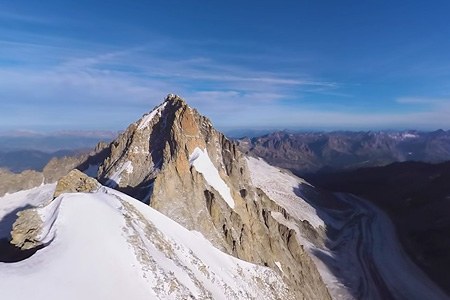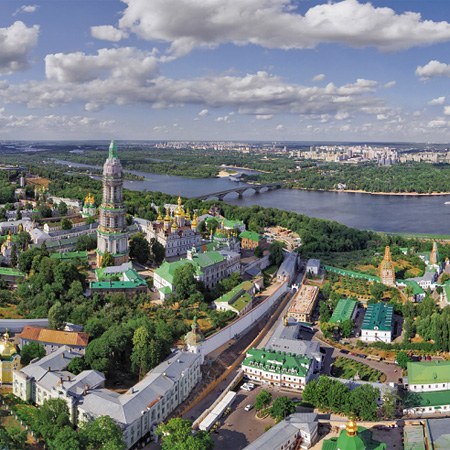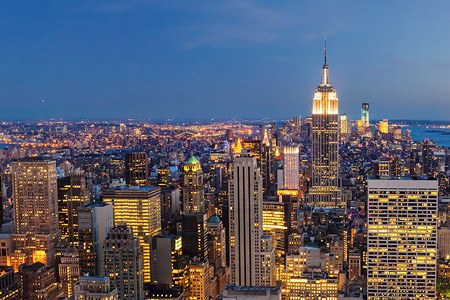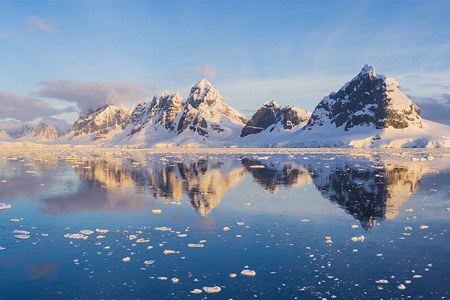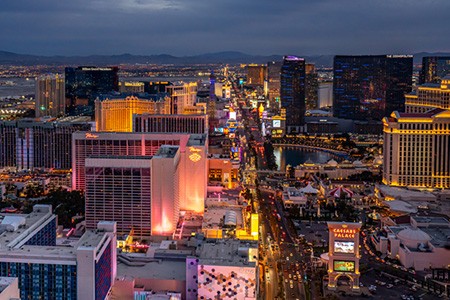Roman Colosseum, Italy
First of all we would like to thank our colleague Henk Keijzer who kindly gave us a panorama with the beautiful view inside the Colosseum which has been added to our virtual tour. And now we are going to tell you about couple of historical facts...
The Colosseum is a monument with a great history. It probably wouldn't even have been built if not for the vanity of the Emperor Vespasian, Nero's successor. In his attempt to outshine the glory of the former ruler, in 70 AD Vespasian ordered to build a huge amphitheater, which could amaze everyone with its beauty and magnitude.

His plan was a success: amphitheater turned out to be so gigantic that its original name after the Flavian dynasty didn't stick. Colosseus means huge, gigantic, and it was and remains the largest of its kind.
Like other Roman amphitheaters, the Colosseum in Rome is an ellipse with an arena in its center. The length of the outer ellipse is 524 meters, the length of the long axis is 188 meters, and the length of the minor axis is 156 meters. This is an absolute record. The world's second-largest amphitheater named after Mark Anthony Gordian located in Tunis has an ellipse of only 425 meters.
Roman Colosseum is even more impressive on the inside. The length of its arena is 86 meters, width is 54 meters, and walls height ranges from 48 to 50 meters. With size like this it can accommodate about 50,000 spectators (and the aforementioned Tunis landmark can accommodate only 30,000 people).
There was a statue on each arch between the middle and upper circles of the Colosseum; ceilings with colorful plaster and outside walls were decorated with bronze ornaments.

The Roman Colosseum had 76 entrances for the general public and a few more for the emperor, the nobility, and gladiators. It was designed so that visitors could leave the Colosseum in five minutes.
While this colossus was built relatively quickly, in just 8 years, its creator, Vespasian, did not live to see the grand opening day. The new amphitheater welcomed its first audience under the rule of the Roman Emperor Titus, Vespasian's successor. The celebration of this event, which lasted 100 days straight, involved 2000 gladiators and 5000 wild animals.
Furthermore, technology of that time allowed filling the arena with water several meters in depth. Water was pumped through the system of water channels built under the arena. And in this improvised lake, in addition to gladiator fights and other on-land events, there were also galley water battles.

Along with the historic center of Rome, the Colosseum is a UNESCO World Heritage Site. In 2007 it also earned the place in the list of the New Wonders of the World, beating dozens of prominent world landmarks, such as Hagia Sophia in Turkey or Neuschwanstein Castle in Germany.
However, today the Colosseum in Rome is not a magnificent amphitheater, but rather an example of strict minimalism. During two centuries of its existence it survived the invasion of barbarians and fires, each time losing a piece of its appearance. But it was damaged not only by the environment or enemies. During Middle Ages the Colosseum was considered a stock of free construction materials, and it was a common practice to take stones from the walls of the Colosseum for different needs of the city.

Nowadays, not only exhaust gas, vibration from heavy city traffic, and constant flow of tourists, but also weather in Rome causes damage to the Colosseum: wind and frost were the last straw. The ancient amphitheater has about three thousand cracks, and it constantly losing some of its pieces.
So it's time to look at this dying giant, which appears on every travel pictures of Rome, and to think about the transience of time ...
Photography by Stanislav Sedov and Dmitry Moiseenko
21 September 2012
Read more
Photogallery Roman Colosseum #5
Roman Colosseum #5
 Around the Colosseum #3
Around the Colosseum #3
 Roman Colosseum #3
Roman Colosseum #3
 Around the Colosseum #1
Around the Colosseum #1
 Roman Colosseum #8
Roman Colosseum #8
 Roman Colosseum #17
Roman Colosseum #17
 Roman Colosseum #13
Roman Colosseum #13
 Colosseum. Planet #1
Colosseum. Planet #1
 Colosseum. Planet #2
Colosseum. Planet #2
 Roman Colosseum #10
Roman Colosseum #10
 Roman Colosseum #9
Roman Colosseum #9
 Roman Colosseum #4
Roman Colosseum #4




